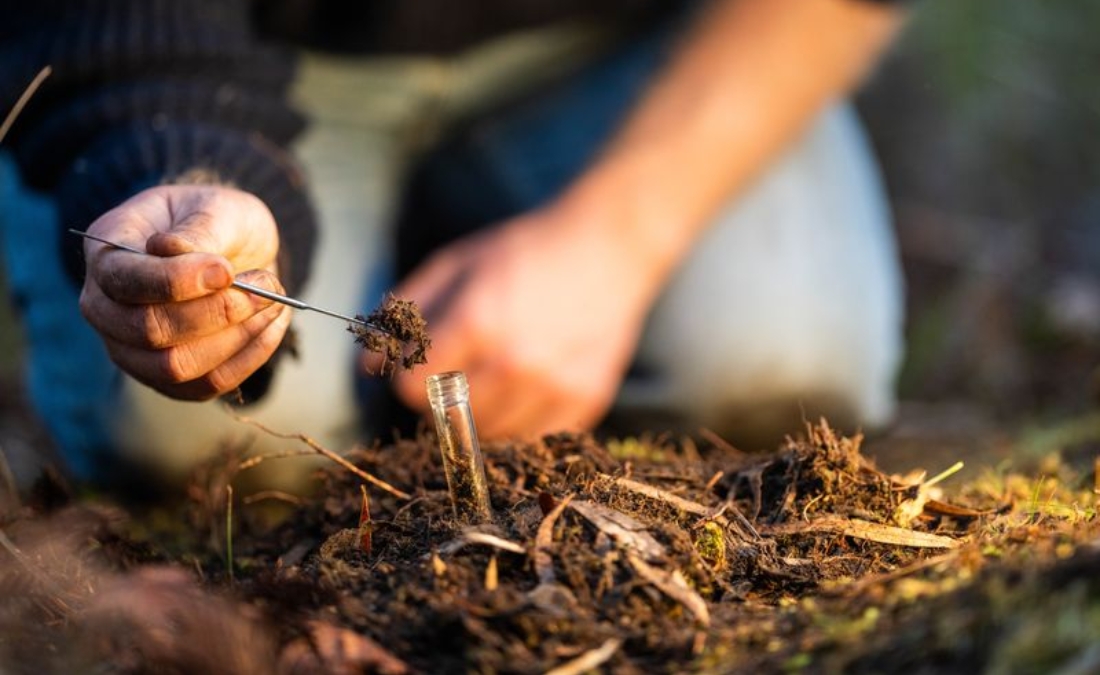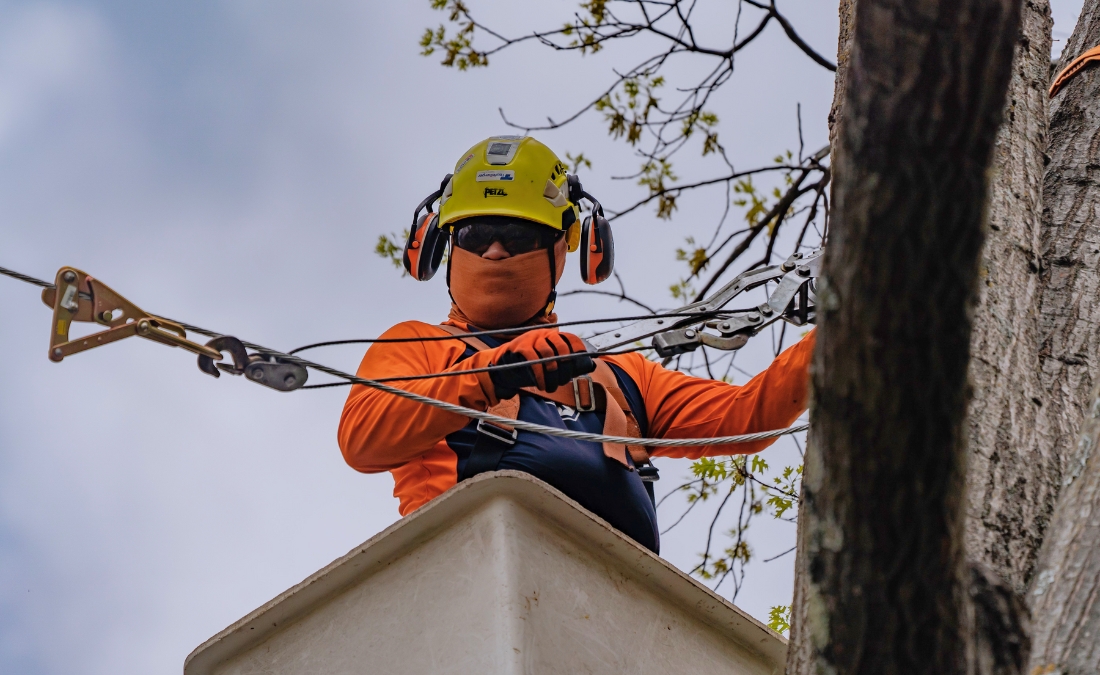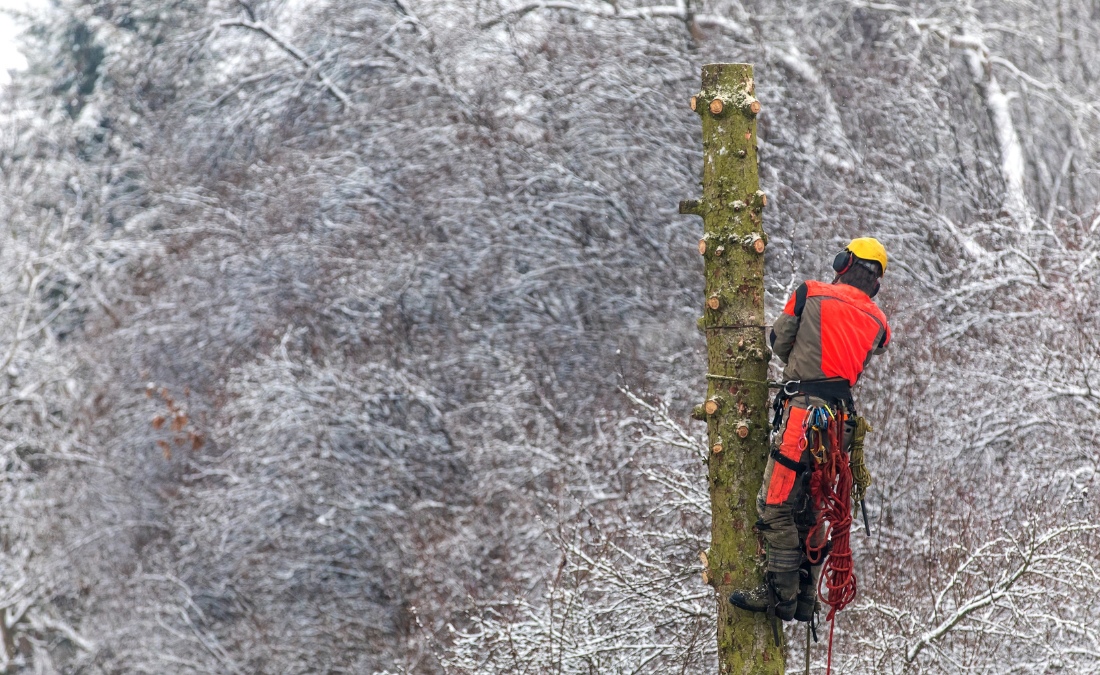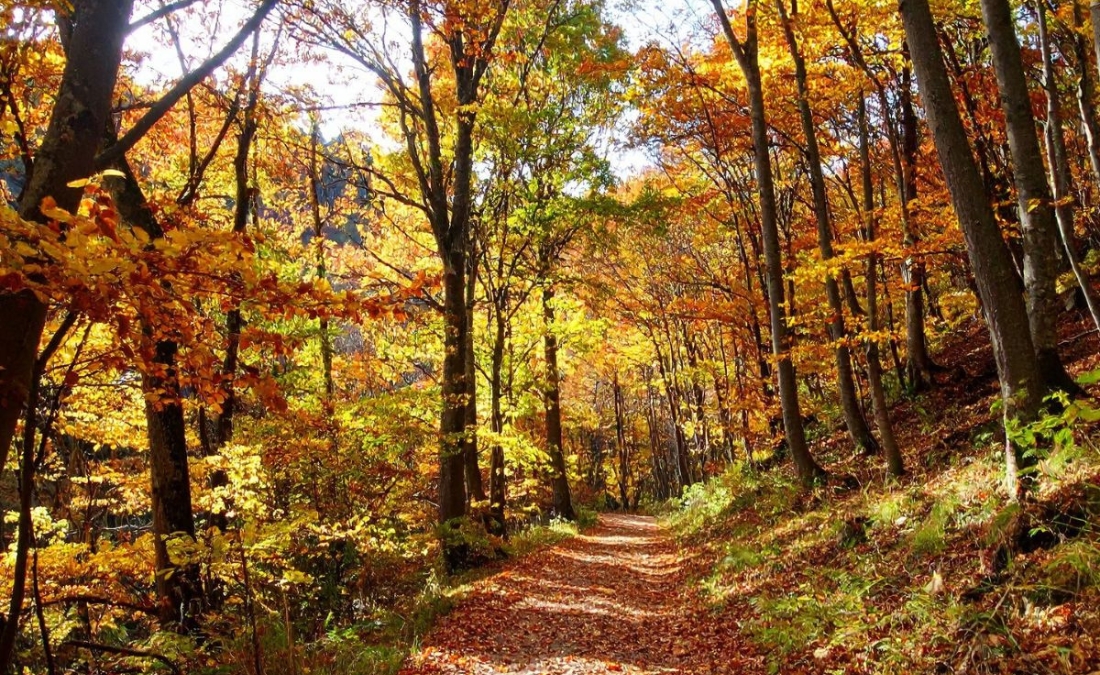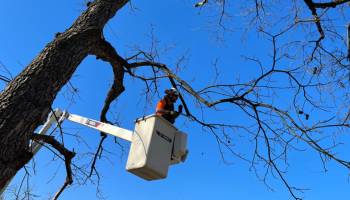5 Tree Insects to Watch Out for in Oklahoma City
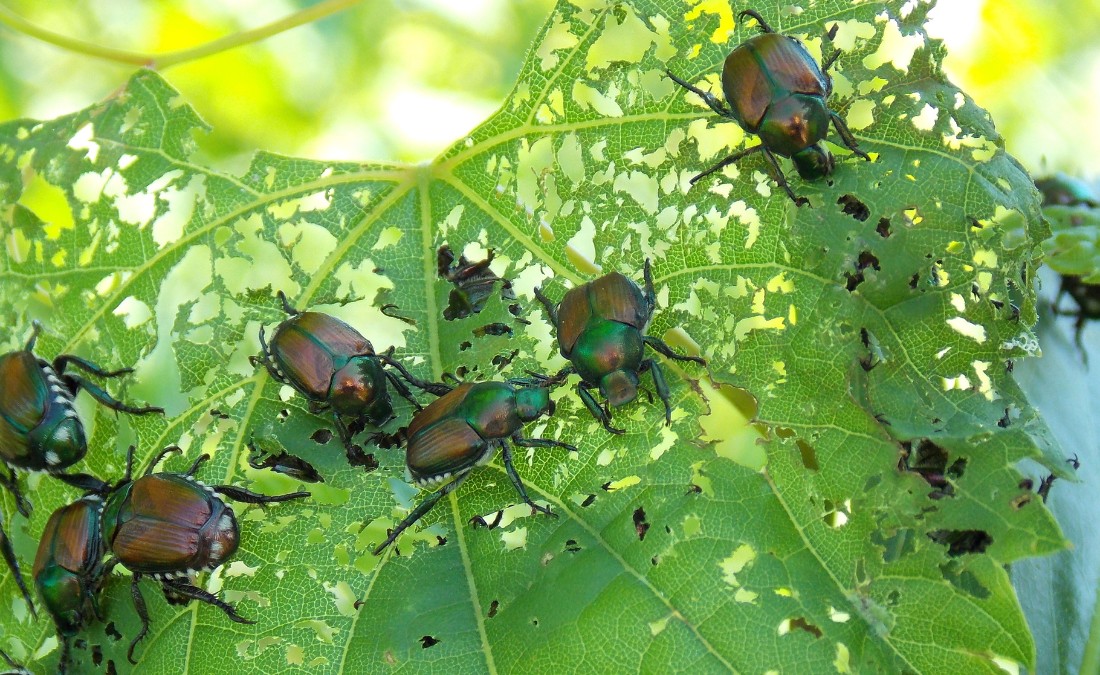
Some bugs just cause cosmetic damage – others kill trees entirely. Here are 5 tree insects every Oklahoma City homeowner should be watching for.
Is that bug on your tree harmless or a threat that could bring it down? Without knowing the biggest threats to our trees, catching a problem early can be nearly impossible. Learn about five of Oklahoma’s most common tree insects and how they might affect your Oklahoma City trees.
Key Takeaways:
- Bagworms primarily threaten evergreens like eastern red cedar and can kill trees if infestations are severe.
- Webworms create large, messy webs in deciduous trees but rarely cause lasting damage to mature trees.
- Japanese beetles feed on leaves and turf, damaging over 400 plant species in both their adult and grub stages.
- Emerald ash borer, recently discovered in southern Oklahoma counties, poses an imminent threat to Oklahoma City’s ash trees and requires preventative insecticide treatments to protect valuable specimens.
- Crape myrtle bark scale is an invasive pest that primarily affects the aesthetics of these popular ornamental trees by producing honeydew that causes black sooty mold.
5 Common Tree Insects in Oklahoma
Trees in Oklahoma deal with all kinds of insect pressure – from native bugs to invasive species that have no natural predators. Some pests just leave trees in rough shape, while others can kill them outright, leading to costly removals and major headaches for homeowners.
Here are five insects you’ll want to keep an eye on because a few of them are only becoming more of a problem as time goes on.
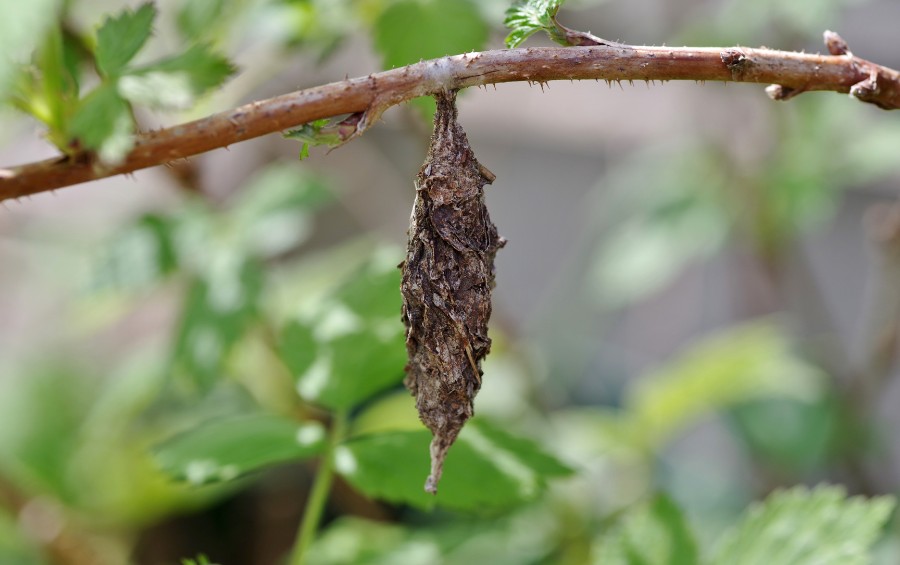
1. Bagworms
Bagworms are distinguishable by the bags they create on your trees. While they may look like pine cones when you first see them, a closer inspection will reveal that they are a combination of silk and leaves that house bagworm eggs.
Bagworms attack over 50 species of tree, with the most significant problem being evergreens, like the eastern red cedar. When infestations become extensive, the bagworms can quickly defoliate evergreens. Unlike deciduous trees, evergreens won’t be able to replace the lost needles and may die from bagworm infestations.
Homeowners can use natural methods to help control bagworms when the population is low. You can kill several eggs at a time by physically removing the bags from trees and destroying them. Additionally, encouraging birds and introducing predatory wasps to your landscape can help prevent these pests from establishing themselves.
If the problem is extensive, an arborist may use insecticides to kill bagworm populations. A practical method is the Acelepryn® insecticide, which protects trees and bushes for 3-4 weeks. Most arborists will apply two rounds to provide coverage throughout the year.
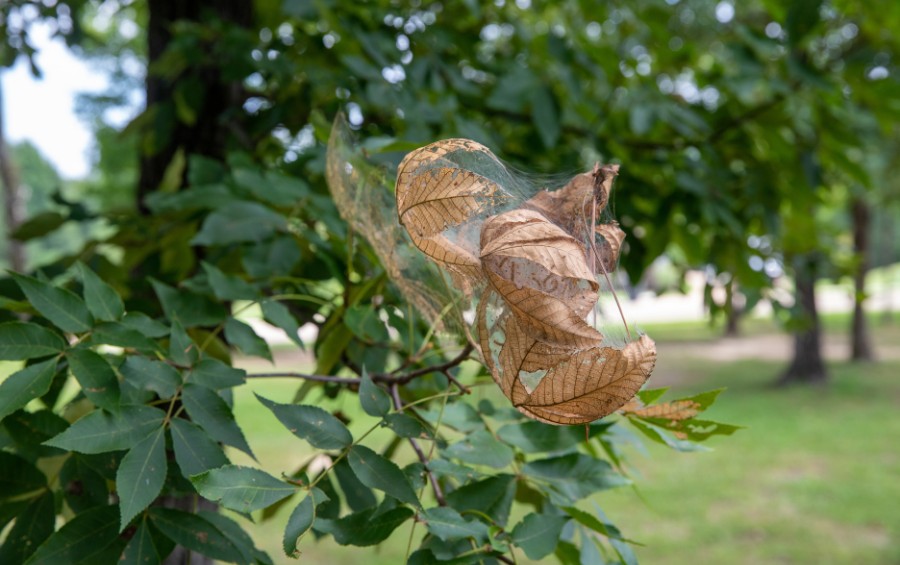
2. Webworms
Many homeowners tend to lump webworms and bagworms together, but they are different species that also target different trees. Where bagworms are a significant threat to evergreens, webworms target deciduous trees such as:
- Persimmon
- Pecan
- Black walnut
- Hickory
- Sycamore
- Birch
- Redbud
Webworms won’t usually kill your trees – unless they target young saplings – but they will strip leaves and leave behind messy webs that ruin the tree’s appearance.
Controlling webworm populations is similar to managing bagworms. Healthy trees are naturally more resistant, and encouraging birds in your yard can help keep larvae populations in check. For widespread infestations, it’s best to bring in an arborist who can safely apply insecticides to eliminate the problem.
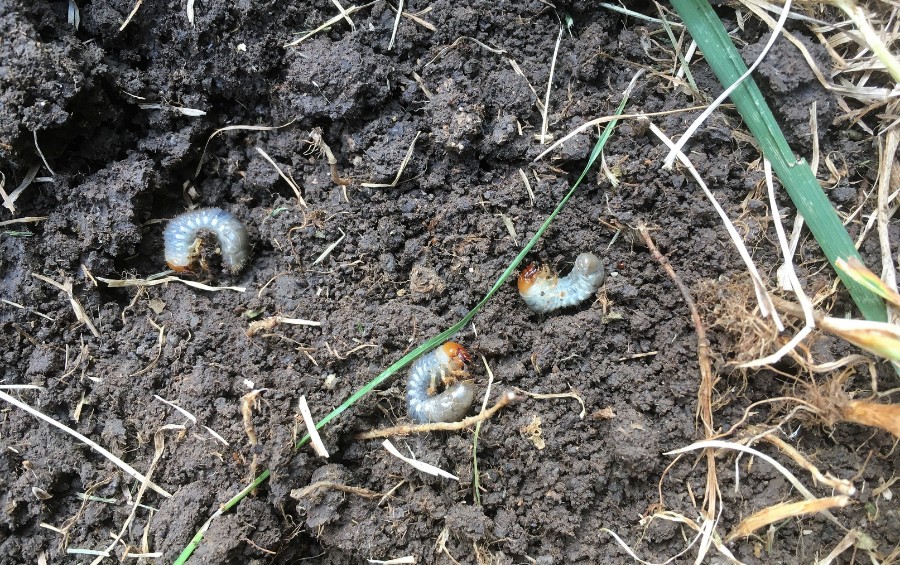
3. Japanese Beetles
Japanese beetles are an invasive species that attacks more than 400 plant species, including some trees. They can do extensive damage to shrubs and ornamentals, and the grubs can harm your yard. With no natural counters, these pests are difficult to deal with once they establish.
The adults are easy to spot even though they are only ½ inch long, as they have a metallic green color that makes them stand out. The larvae are white grubs in a C-shape that live on the ground and attack grass and roots. If you see extensive dead patches of grass, it may be a sign you’re dealing with grubs.
Damage from adult Japanese beetle adults is typically just aesthetic as they feed on leaves. Most trees will recover from the damage, though it will cause stress. Some of the typical host trees for Japanese beetles include:
- Apple
- Crabapple
- Cherry
- Birch
- Elm
Non-chemical options for protecting trees from Japanese beetles include physically removing adults from plants and putting barriers around trees. If you try to remove them, you can scrape them into a bucket of soapy water to kill them. If the problem is severe, talk to an arborist and ask if they recommend insecticides are practical for your situation.
“One method you see a lot of that we don’t recommend is people putting up Japanese beetle traps. Everyone thinks they work well because they see all these beetles in the trap. But, research from the University of Kentucky suggests these traps actually attract more beetles to your yard. So, avoid these traps and have professionals use chemicals if the problem is bad enough.” – Wes Klein, Arbor Advisor at Arbor Masters
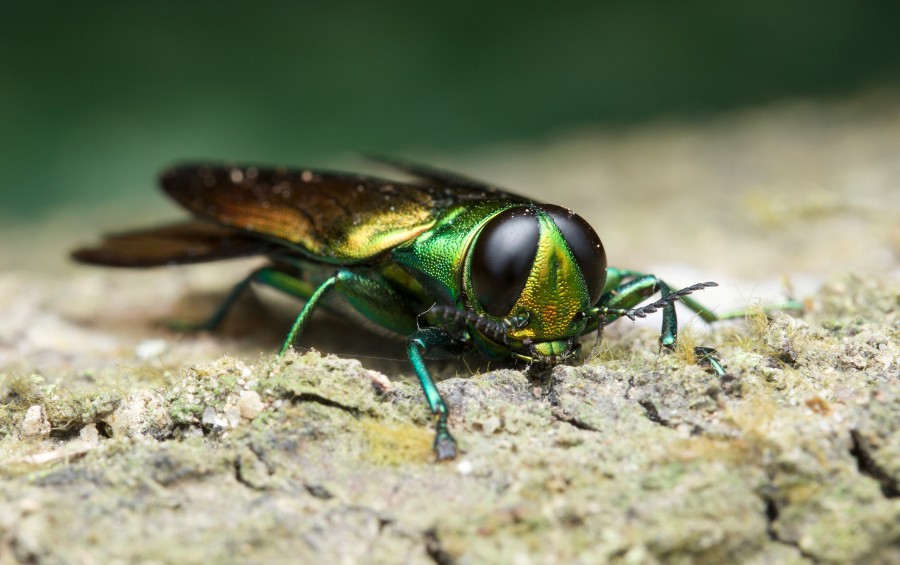
4. Emerald Ash Borer
Emerald ash borer (EAB) is an incredibly destructive invasive tree insect that has killed millions of ash trees throughout the country.
Since the first detection of EAB in 2012, Oklahoma avoided dealing with the pest. This changed in 2024 when arborists discovered EAB in the southern Oklahoma counties of McCurtain, Choctaw, and Carter. While there has been no identification in Oklahoma City, it is likely only a matter of time before we deal with EAB.
EAB adults lay eggs in the cracks of ash trees. The eggs hatch, and the larvae burrow under the bark and feed on the inner wood. After enough time, this process will girdle the tree and prevent it from transporting water and nutrients to and from the roots.
As EAB encroaches on Oklahoma City, the best thing you can do is have an arborist inject preventive insecticides into any old or high-value ashes. These insecticides prevent EAB from attacking your tree, though you’ll need to have an arborist inject your tree every one to two years.
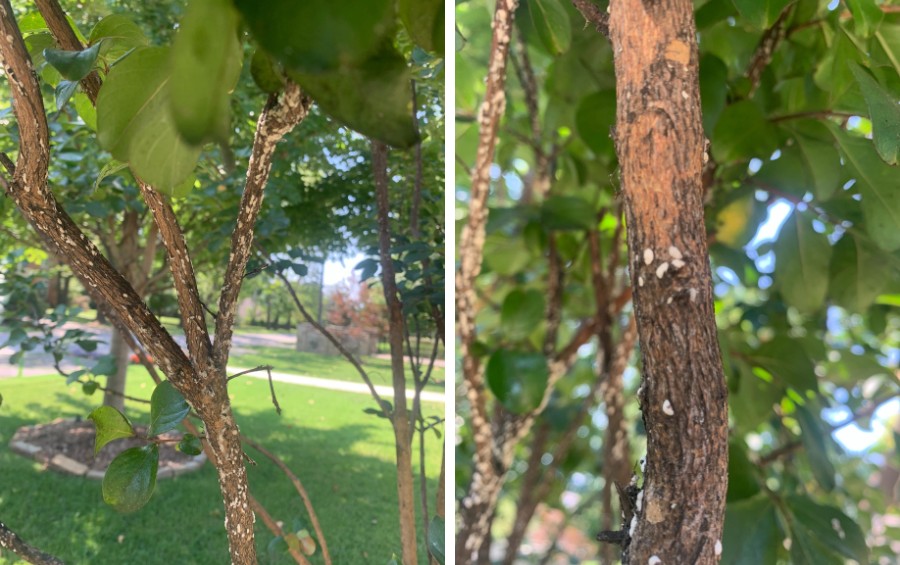
Crape myrtle bark scale photos courtesy of Michael Worthington, Tulsa Arbor Masters Arborist
5. Crape Myrtle Bark Scale
Crape myrtle bark scale (CMBS) is an invasive pest from Asia that can harm crape myrtles. These trees are popular ornamentals in Oklahoma City, making early pest detection vital.
Scale insects have a waxy covering that protects them from predators and chemicals. For CMBS, the insects are pink and produce a white and gray waxy protective surface. The scales are difficult to see from a distance, as they just appear like white bumps on the bark.
CMBS likely won’t kill your crape myrtles, but they will harm their aesthetics with their presence and by producing honeydew that causes black sooty mold.
Treatment of CMBS is tricky, as using systemic insecticides could harm pollinators. Instead, we recommend a few different methods to protect your landscape from CMBS:
- Inspect any crape myrtles you buy from nurseries for CMBS presence.
- Scrub the bark with a soft brush and soapy water to remove scale.
- Apply horticultural oils in the winter when the tree is dormant.
- Use insect growth regulators in the early spring to harm crawlers.
- Introduce lady beetles to your landscape to prey on CMBS.
Frequently Asked Questions About Tree Insects in Oklahoma City
We understand that tree insects can be a complicated topic. To help, we’ve answered some of the common questions we receive from homeowners about insects and the damage they do to your trees.
What are the typical signs of a tree dealing with an insect infestation?
While every insect will harm trees in different ways, some common signs to look for include:
- Damaged or discolored leaves
- Honeydew on leaves or underneath the tree
- Holes on the trunk
- Sawdust around the trunk
Can I add beneficial insects to my yard to reduce pest populations?
Yes, there are several beneficial insects you can encourage to come to your yard, such as:
- Landy beetles
- Lacewings
- Parasitic wasps
- Predator mites
- Praying mantises
These insects can hunt down and control the population of pests without using chemicals.
Are there other invasive insects that could become a threat in Oklahoma?
Yes, and one of the biggest threats is the Asian longhorned beetle (ALB). ALB attacks hardwood trees and could cause extensive damage to our forests and urban trees if it becomes established. There have been sporadic sightings of ALB in the northeast and upper Midwest. Contact the Oklahoma Department of Agriculture, Food, and Forestry if you detect ALB on your property.
From Prevention to Treatment, Arbor Masters Has Your Trees Covered
Handling the common tree insects of Oklahoma is a joint effort. While you can help by keeping your trees in general good health, sometimes you may require professional assistance to use chemical solutions. When you want to ensure proper usage of insecticides, trust the team at Arbor Masters of Oklahoma City.
Our team includes ISA Certified Arborists who are experts in tree care and know when to use chemicals. We always stay abreast of new research and developments regarding caring for trees and protecting them from bugs. Call us today at 405-495-8746 or request a quote online.
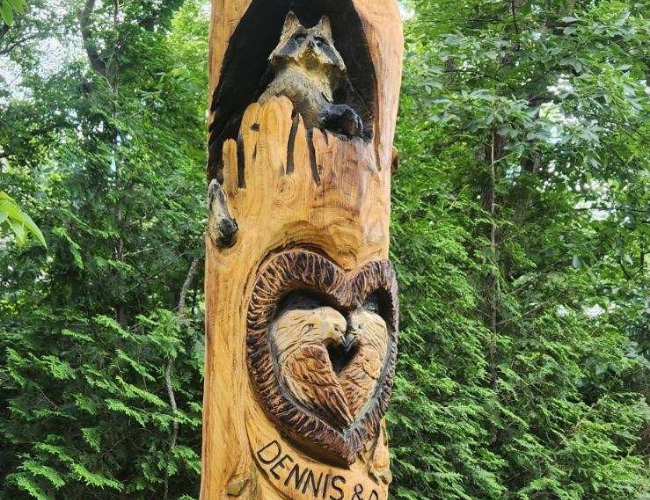
Get the latest local news, tree care tips, special offers, and company updates directly to your inbox! It's easy to subscribe and there's no spam - we promise.
"*" indicates required fields

